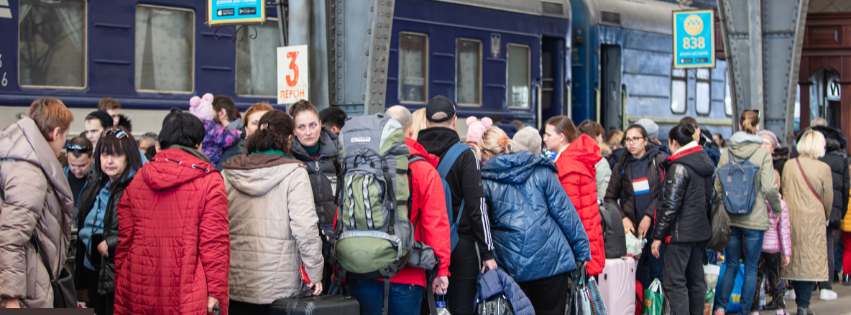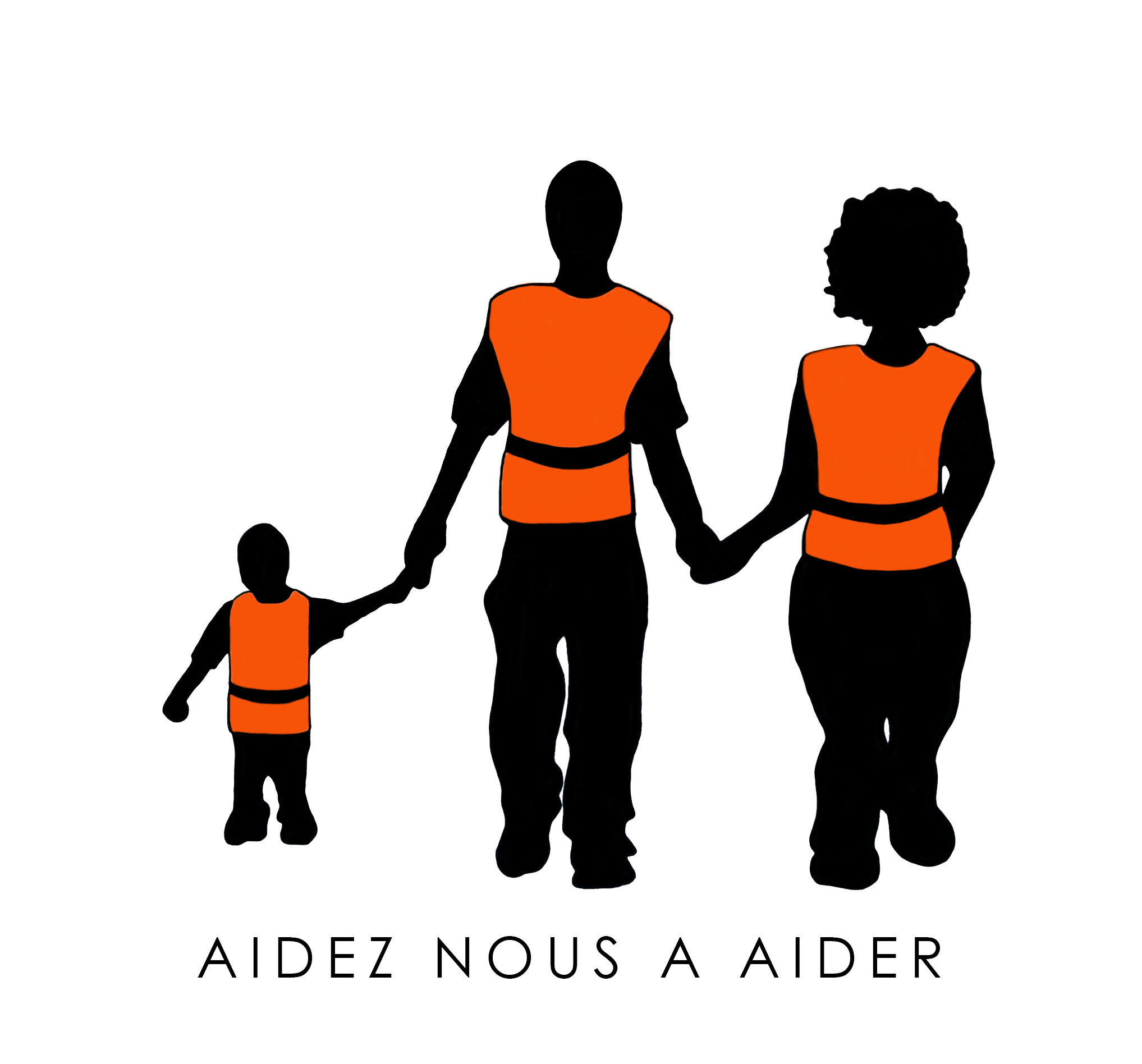In today’s interconnected world, migration is a complex and multifaceted phenomenon. However, amidst discussions surrounding migration, terms like “migrant,” “refugee,” and “asylum seeker” are often used interchangeably, leading to confusion about their distinct meanings and implications. Understanding the differences between these terms is crucial for fostering informed discussions and crafting effective policies. Let’s delve into the definitions and distinctions of migrants, refugees, and asylum seekers.
Migrants represent a diverse group of individuals who make a deliberate decision to relocate from their country of origin to another, often crossing national borders in the process. Unlike refugees, whose movement is compelled by persecution or violence, migrants choose to move voluntarily for a variety of reasons. These motivations can include seeking better economic opportunities, reuniting with family members, pursuing higher education, or simply fulfilling personal aspirations. Importantly, migrants exercise agency in their decision-making process, weighing the potential benefits and risks of migration. They may choose to migrate legally, through established immigration channels, or illegally, often due to barriers or limitations in legal pathways. Once in their destination country, migrants typically aim to enhance their quality of life by accessing improved living standards, securing better employment prospects, or pursuing educational opportunities not available in their home countries. Their migration may be temporary, with the intention of returning home after a period, or permanent, leading to settlement in the new country. Regardless of the duration, migrants contribute to the social, cultural, and economic fabric of both their countries of origin and destination, shaping the dynamics of global migration.

Also Read: Slavery’s Impact on Discrimination against Sub-Saharan Migrants in Morocco
Migrants represent a diverse group of individuals who make a deliberate decision to relocate from their country of origin to another, often crossing national borders in the process. Unlike refugees, whose movement is compelled by persecution or violence, migrants choose to move voluntarily for a variety of reasons. These motivations can include seeking better economic opportunities, reuniting with family members, pursuing higher education, or simply fulfilling personal aspirations. Importantly, migrants exercise agency in their decision-making process, weighing the potential benefits and risks of migration. They may choose to migrate legally, through established immigration channels, or illegally, often due to barriers or limitations in legal pathways. Once in their destination country, migrants typically aim to enhance their quality of life by accessing improved living standards, securing better employment prospects, or pursuing educational opportunities not available in their home countries. Their migration may be temporary, with the intention of returning home after a period, or permanent, leading to settlement in the new country. Regardless of the duration, migrants contribute to the social, cultural, and economic fabric of both their countries of origin and destination, shaping the dynamics of global migration.

Also Read: What is the European Migration Pact?
Asylum seekers are individuals who have fled their home countries due to persecution, conflict, or other forms of violence and are seeking safety and protection in another country. Unlike migrants who relocate voluntarily for various reasons, asylum seekers are compelled to flee their homes out of fear for their safety and well-being. Upon arriving in a new country, asylum seekers apply for asylum, a legal status that grants them protection as refugees if their claim is approved. However, during the asylum application process, asylum seekers are in a state of uncertainty and vulnerability, as they await a decision on their case. They present themselves to the authorities in their destination country and undergo a thorough legal and administrative process to assess their eligibility for refugee status. This assessment involves examining the validity of their claims, which requires providing evidence of persecution or threat in their home country. It’s important to recognize that not all asylum seekers will ultimately be recognized as refugees. Their claims are subject to rigorous scrutiny based on international refugee law and the individual circumstances of their case. Asylum seekers often endure a prolonged period of uncertainty, facing challenges such as limited access to employment, education, and healthcare while awaiting a decision on their asylum application. Despite the inherent challenges, providing fair and efficient asylum procedures is crucial for upholding international obligations and ensuring the protection of individuals fleeing persecution and violence.
In summary, while migrants, refugees, and asylum seekers all involve movement across borders, their motivations, legal status, and entitlements differ significantly. Migrants choose to move voluntarily for various reasons, while refugees flee out of necessity to escape persecution or violence. Asylum seekers are individuals who have applied for refugee status in another country and are awaiting a decision on their asylum application. Recognizing these distinctions is essential for ensuring appropriate responses and protection mechanisms for individuals on the move, whether by choice or by necessity.


Pingback:Who is Frontex EU? - Aidez nous a Aider